Rising Incidence of Melanoma
The increasing incidence of melanoma is a primary driver for the Melanoma Diagnostic Radiopharmaceuticals Market. According to recent statistics, melanoma cases have been on the rise, with an estimated annual increase of 5% in certain regions. This trend necessitates advanced diagnostic tools to ensure timely detection and treatment. As awareness about skin cancer grows, healthcare providers are increasingly adopting radiopharmaceuticals for accurate diagnosis. The demand for effective diagnostic solutions is expected to propel market growth, as early detection significantly improves patient outcomes. Consequently, the Melanoma Diagnostic Radiopharmaceuticals Market is likely to expand in response to the urgent need for innovative diagnostic methods that can keep pace with the rising melanoma cases.
Rising Awareness and Education
Rising awareness and education regarding melanoma and its risks are driving the Melanoma Diagnostic Radiopharmaceuticals Market. Public health campaigns and educational programs have significantly increased knowledge about skin cancer, leading to more individuals seeking early diagnosis. This heightened awareness encourages healthcare professionals to utilize advanced diagnostic tools, including radiopharmaceuticals, to detect melanoma at its earliest stages. As patients become more informed about their health, the demand for effective diagnostic solutions is expected to rise. This trend is likely to contribute to the growth of the Melanoma Diagnostic Radiopharmaceuticals Market, as healthcare providers adapt to meet the needs of a more educated patient population.
Growing Investment in Cancer Research
The growing investment in cancer research is a significant driver for the Melanoma Diagnostic Radiopharmaceuticals Market. Increased funding from both public and private sectors has led to the development of innovative diagnostic tools and therapies. Research initiatives focusing on melanoma have gained momentum, resulting in the discovery of new radiopharmaceuticals that improve diagnostic accuracy. This influx of investment not only accelerates the development of advanced diagnostic solutions but also fosters collaboration between research institutions and pharmaceutical companies. Consequently, the Melanoma Diagnostic Radiopharmaceuticals Market is likely to benefit from these advancements, as new products emerge to meet the evolving needs of healthcare providers and patients.
Regulatory Support for Diagnostic Innovations
Regulatory support for diagnostic innovations is a key driver for the Melanoma Diagnostic Radiopharmaceuticals Market. Regulatory agencies are increasingly recognizing the importance of advanced diagnostic tools in improving patient outcomes. Initiatives aimed at expediting the approval process for novel radiopharmaceuticals are fostering innovation in the market. This supportive regulatory environment encourages companies to invest in research and development, leading to the introduction of new diagnostic solutions. As a result, the Melanoma Diagnostic Radiopharmaceuticals Market is likely to experience growth, driven by the availability of innovative products that meet regulatory standards and address the pressing need for effective melanoma diagnostics.
Technological Innovations in Radiopharmaceuticals
Technological innovations play a crucial role in shaping the Melanoma Diagnostic Radiopharmaceuticals Market. Recent advancements in imaging technologies, such as PET and SPECT, have enhanced the precision of melanoma diagnostics. These innovations allow for better visualization of tumor characteristics, leading to improved treatment planning. The integration of novel radiopharmaceuticals with advanced imaging techniques is expected to drive market growth. Furthermore, the development of targeted radiopharmaceuticals that can specifically bind to melanoma cells is likely to enhance diagnostic accuracy. As a result, the Melanoma Diagnostic Radiopharmaceuticals Market is poised for growth, driven by the continuous evolution of technology that supports more effective diagnostic solutions.


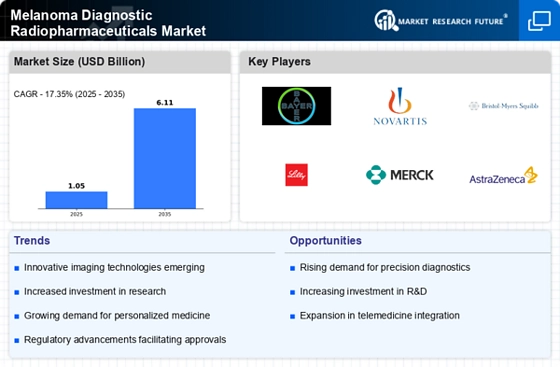
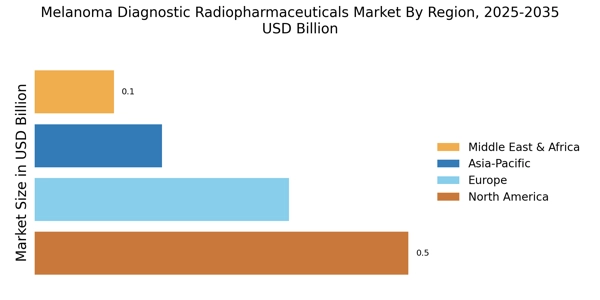
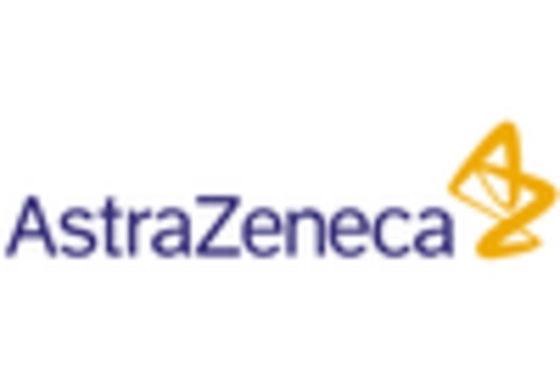

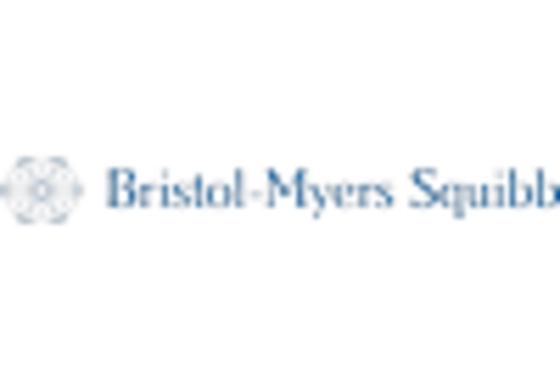

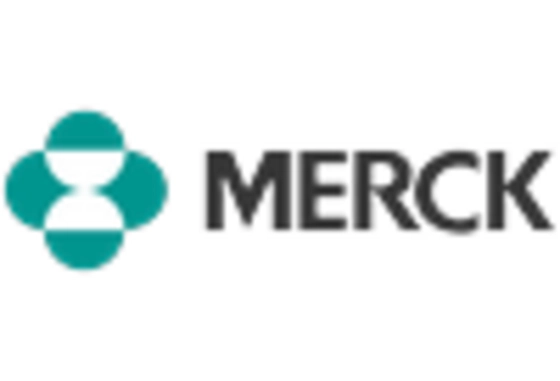
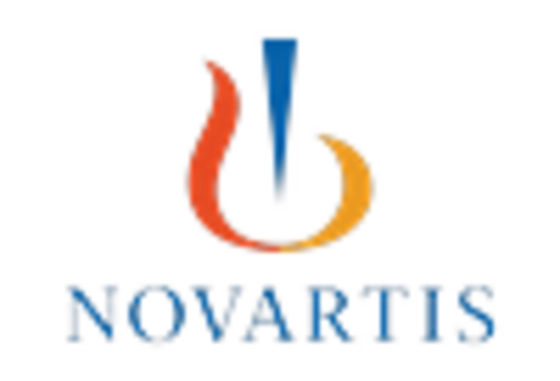








Leave a Comment